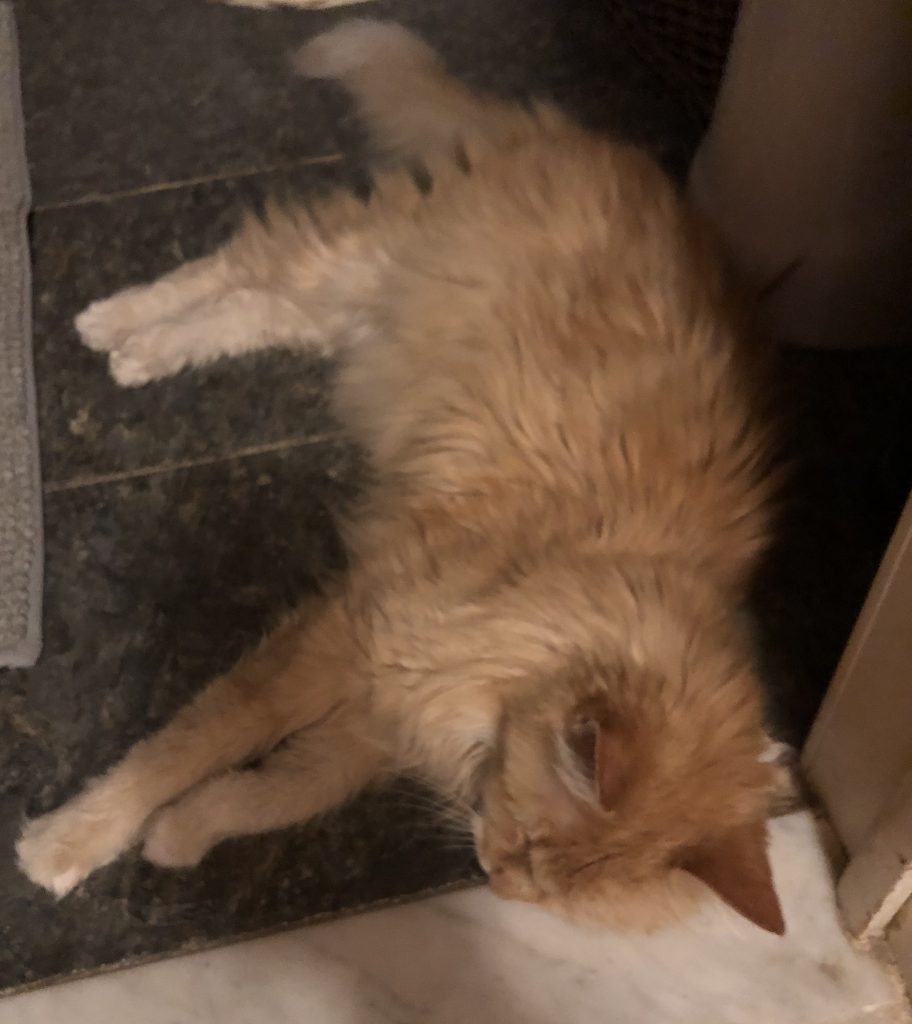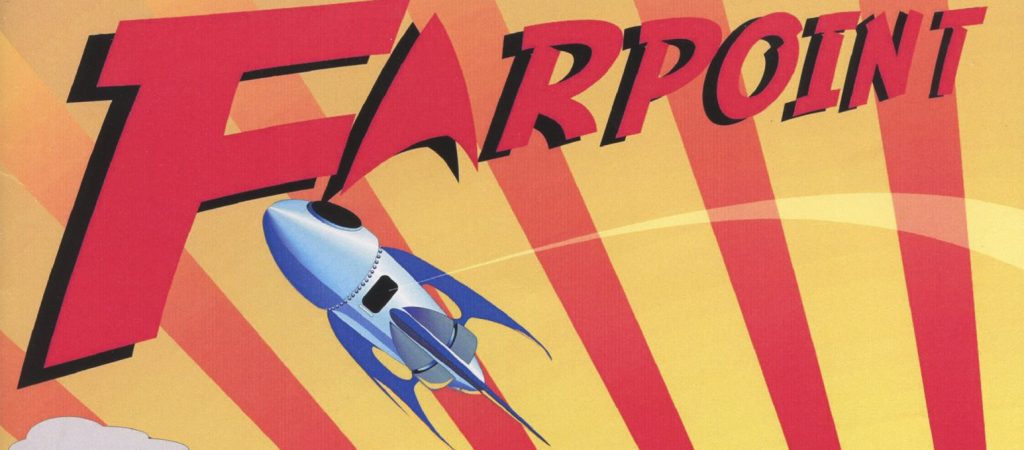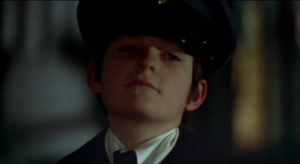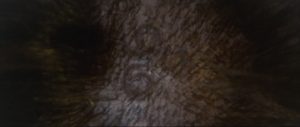“It isn’t personal,” they say. “Don’t take it
personally,” they say.
Well, I take things personally. Always have. Probably always
will. For me, there is no “just doing my job,” or “just
following the rules.”
When my First Grade teacher taught me to read, she was just
doing her job, but it was personal to me. She called me her “Young Spaceman,”
and I loved her. She had given me the greatest gift in the world.
When my Third Grade teacher threatened me with a tree branch,
because she was following her rules and I wasn’t, it was personal. I frustrated
her. She pretty clearly hated me. When my other Third Grade
teacher (my father fired the entire school on my behalf and took me elsewhere)
taught me my multiplication tables, a year late and after much struggling, it
was personal, and I loved her too.
In high school, when the yearbook advisor told me that our
senior yearbook would likely not be published until the class after ours
had already graduated, it was personal, and I stayed late every day for two
weeks, getting the layouts finished, meeting the printer’s deadline. We had all
worked hard on that book, and I wanted it in people’s hands. That wasn’t just
my job or my grade, it was personal. I could make a difference, and, dammit, I
was going to.
Continue reading →









